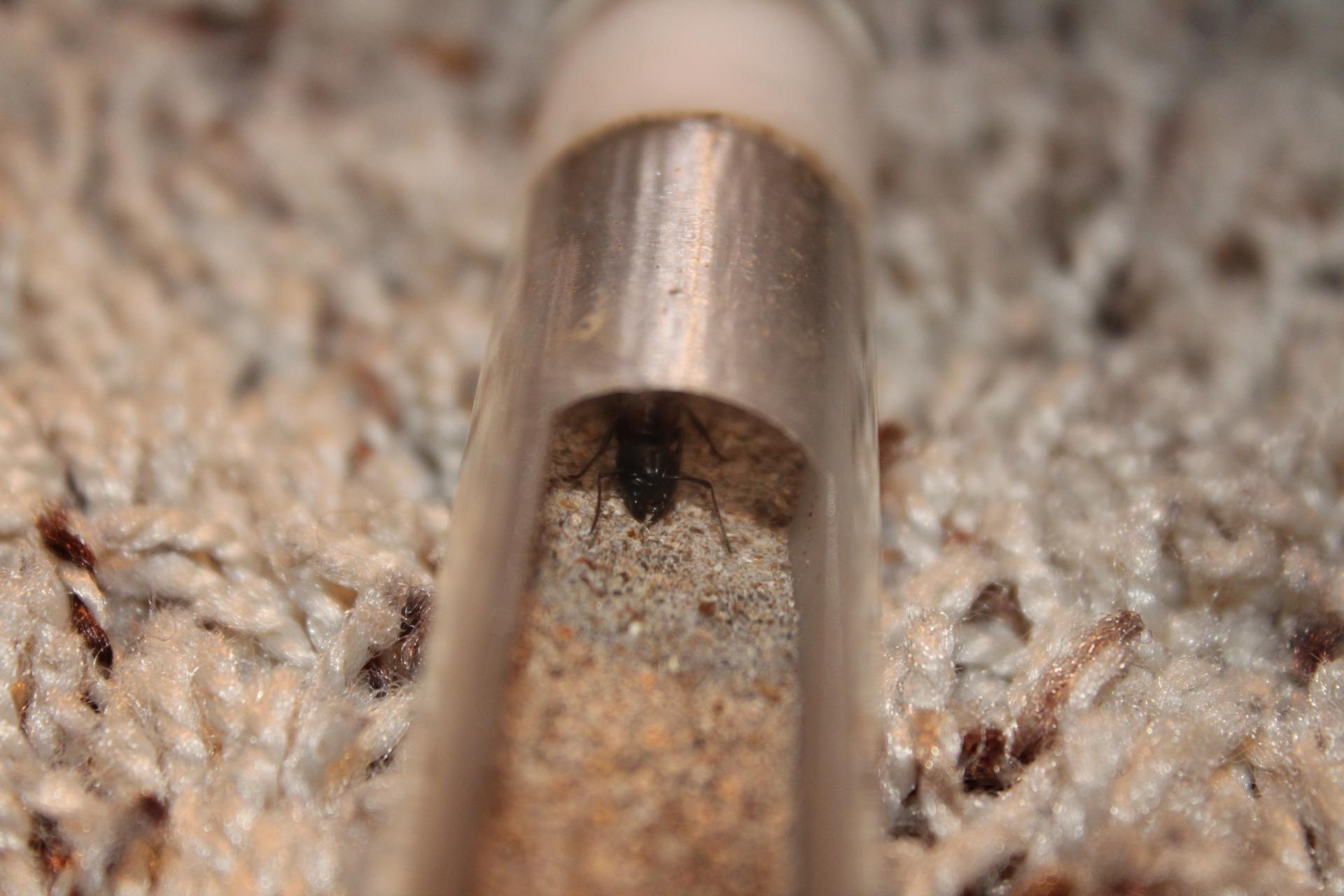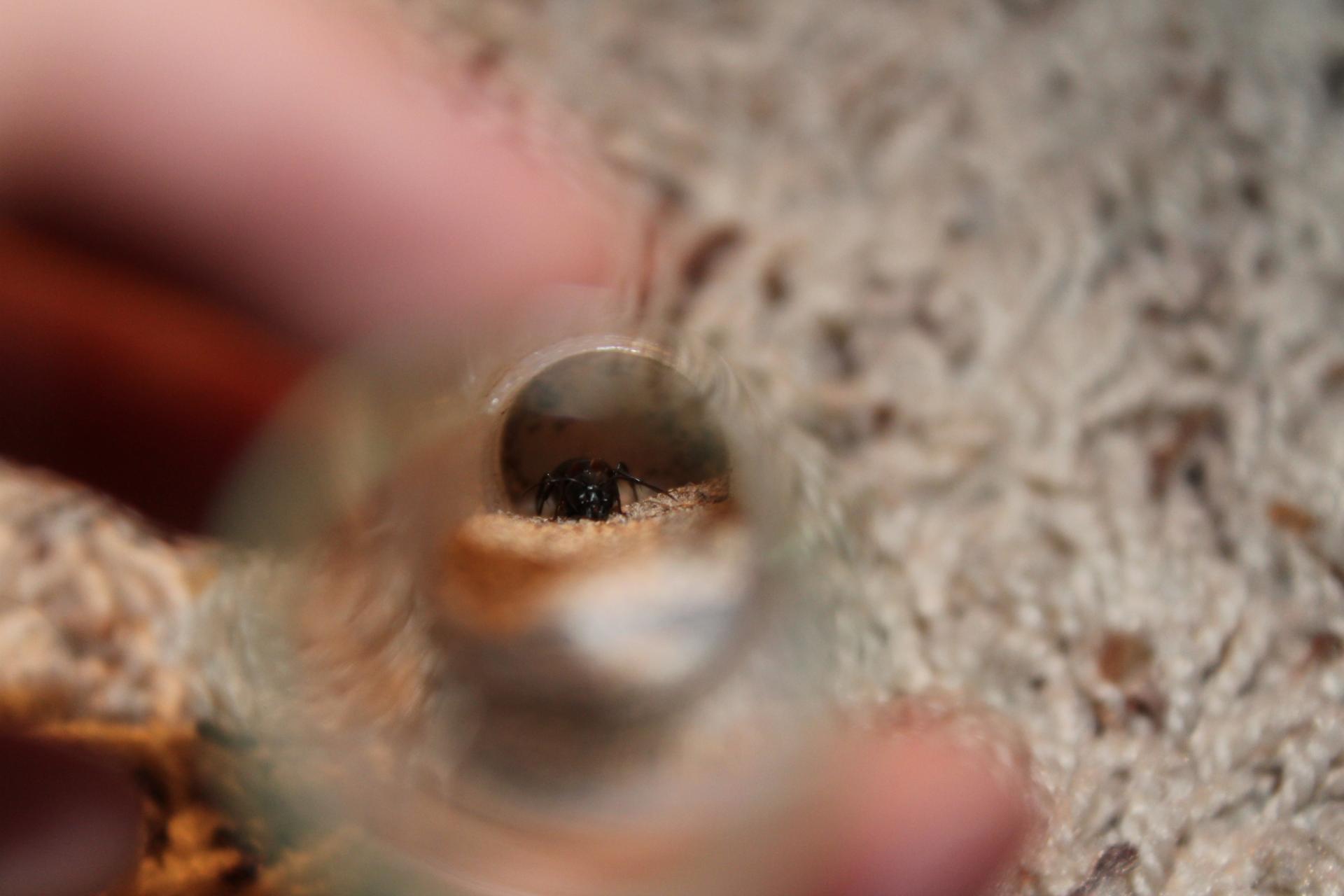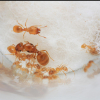I found this queen yesterday, and today she already has eggs. I'm not super interested in large ants like this, especially Camponotus, but I figured why not. It is pretty cool that she layed after one day though.
Edited by Kaelwizard, May 31 2020 - 8:04 AM.
























